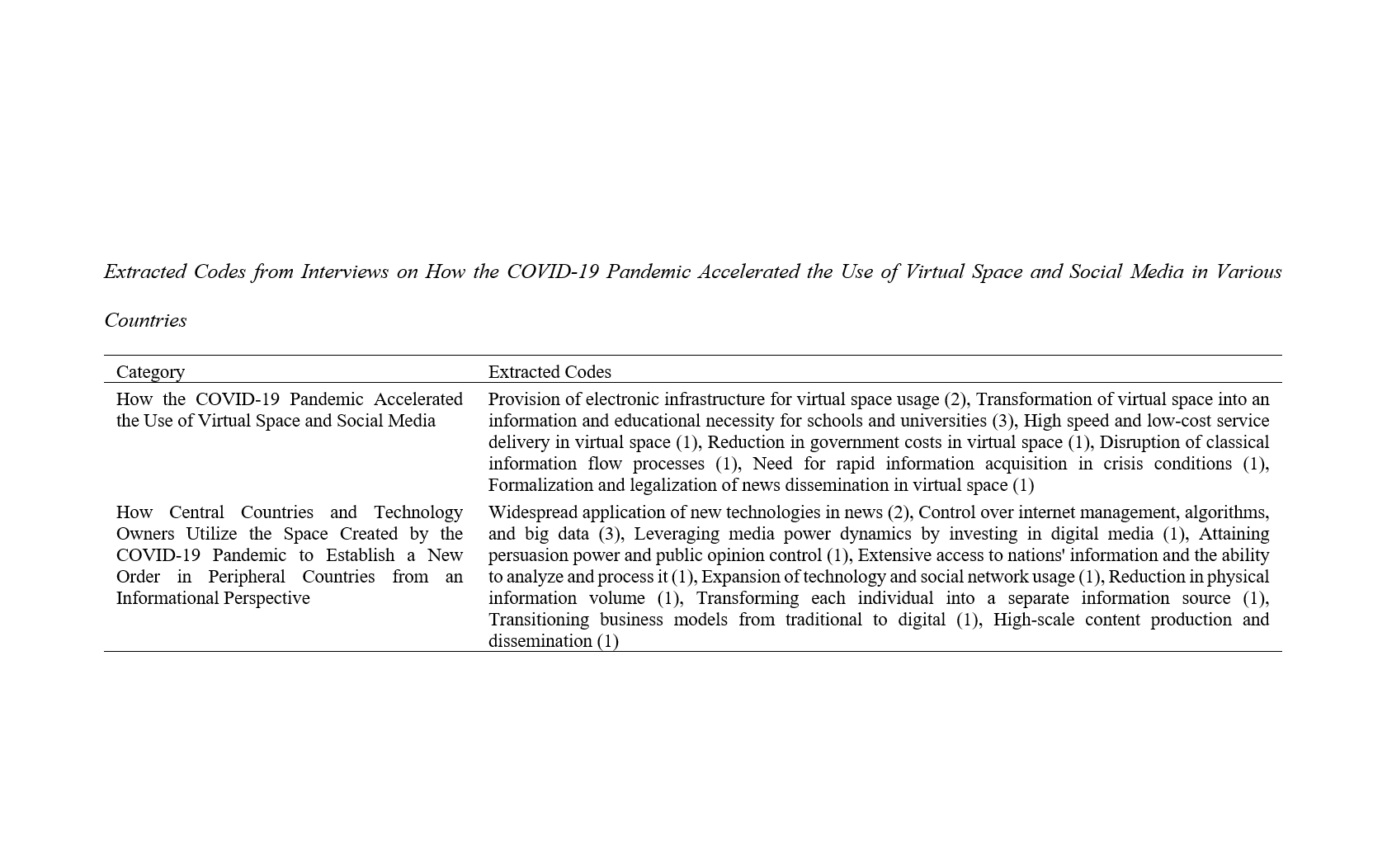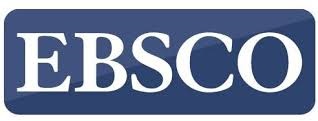Analyzing Alternative Futures Facing Iranian News Organizations in the Post-Corona Era
Keywords:
Media, News Organizations, News, Corona, Post-CoronaAbstract
Objective: This study aims to analyze the alternative futures facing Iranian news organizations in the post-Corona era.
Methodology: To achieve this objective, a qualitative method was employed in two sections, including semi-structured interviews and the Delphi technique. In the present study, the statistical population comprises media managers and communication faculty members. A purposive sampling method was used to collect the sample.
Findings: The research findings indicate that increased speed in content production, audience inclination towards using capsule information, the decline of official media with the development of social media platforms, the phenomenon of influencers and their news authority, the use of artificial intelligence, the Internet of Things, and augmented reality in media and news production, the reduction of print media, the decrease in face-to-face communication content, the increase in superficial content, and the expansion of podcast use are considered the most significant transformations in the content produced by news organizations, especially from a technological perspective, in the future. Additionally, based on the results obtained from data analysis in the Delphi section, the most influential factors on the alternative futures facing Iranian news organizations in the post-Corona era are, respectively, the management and governance of the internet, algorithms, and big data, and the transformation of each individual into a separate information source.
Conclusion: Therefore, any organization, including media organizations, must incorporate these changes into their policy-setting and decision-making processes to ensure their continued existence.
Downloads

Downloads
Additional Files
Published
Submitted
Revised
Accepted
Issue
Section
License
Copyright (c) 2024 Ahmad Niknam, Akbar Nasrollahi, Mohammad Reza Jalilvand, Soraya Ahmadi (Author)

This work is licensed under a Creative Commons Attribution-NonCommercial 4.0 International License.















